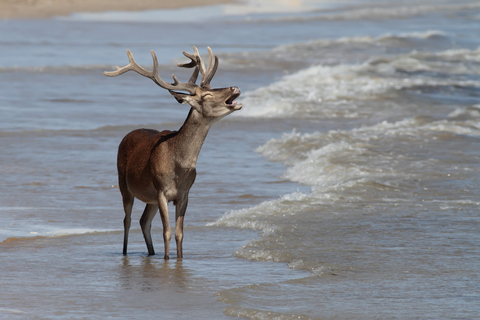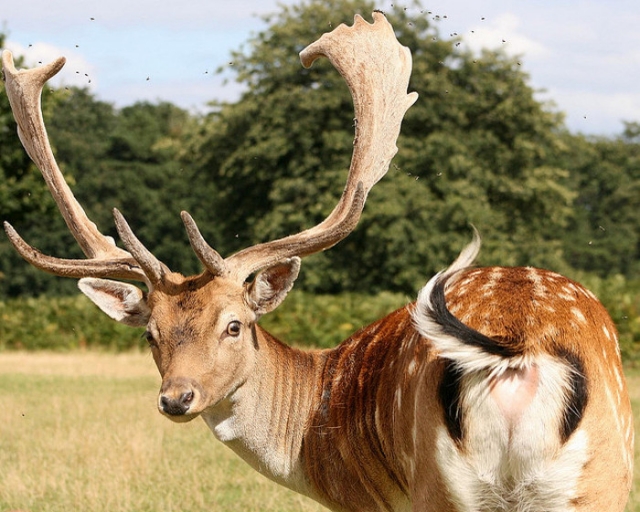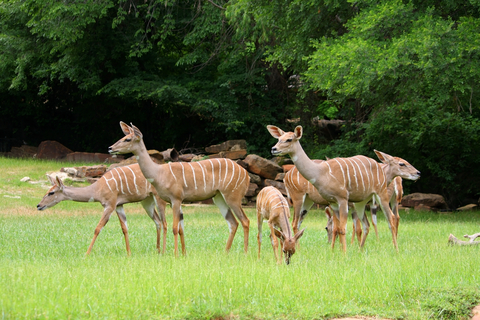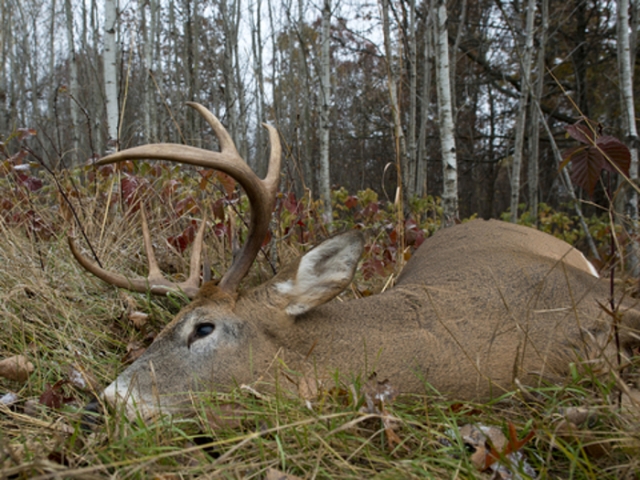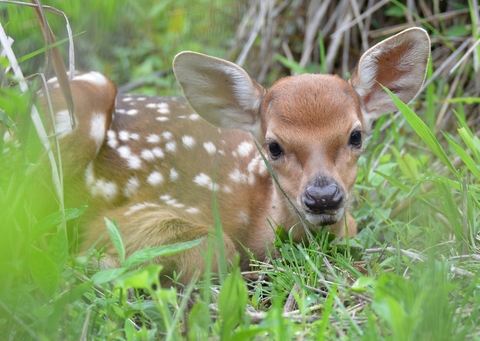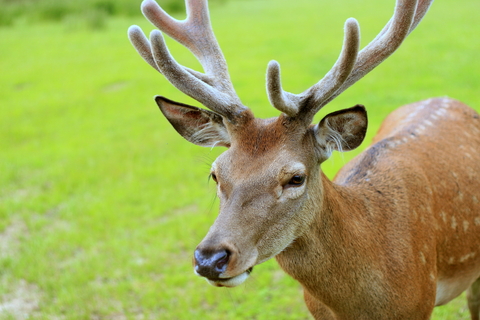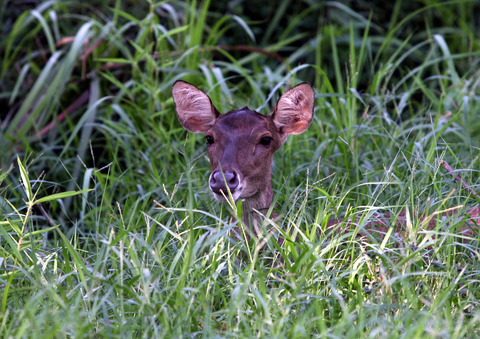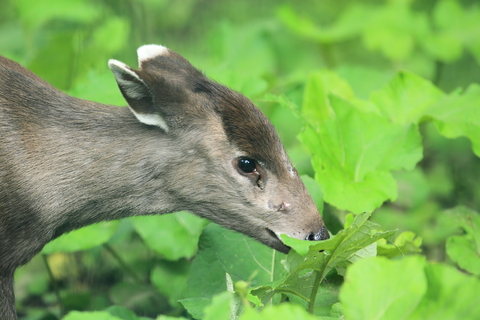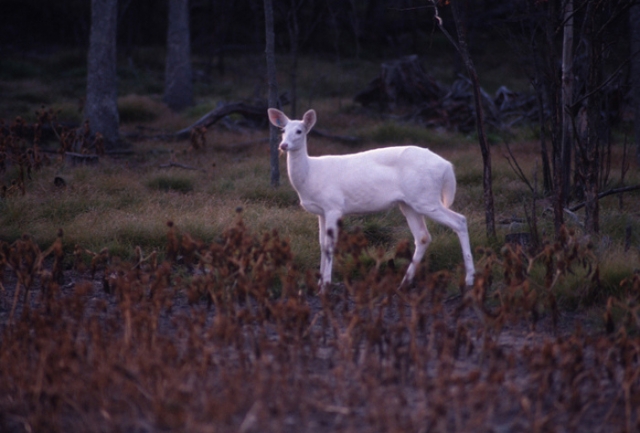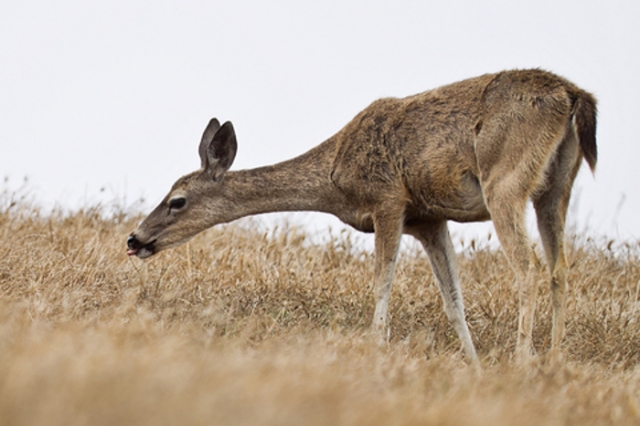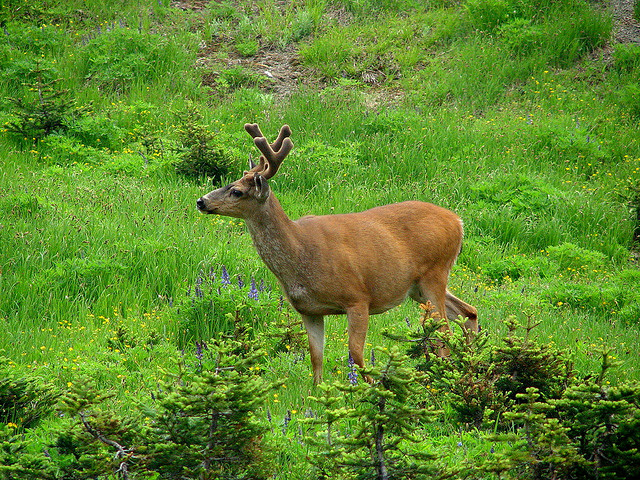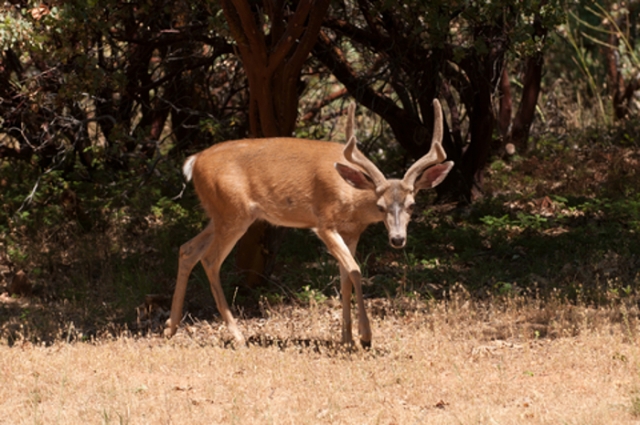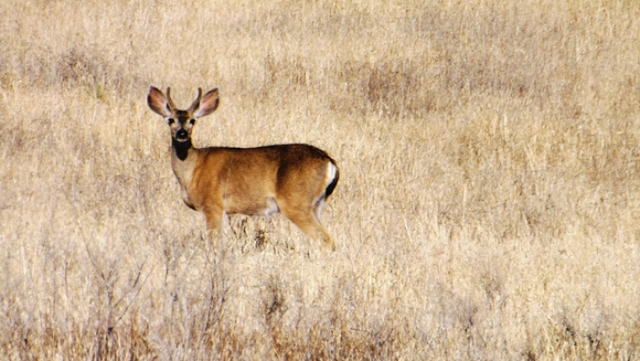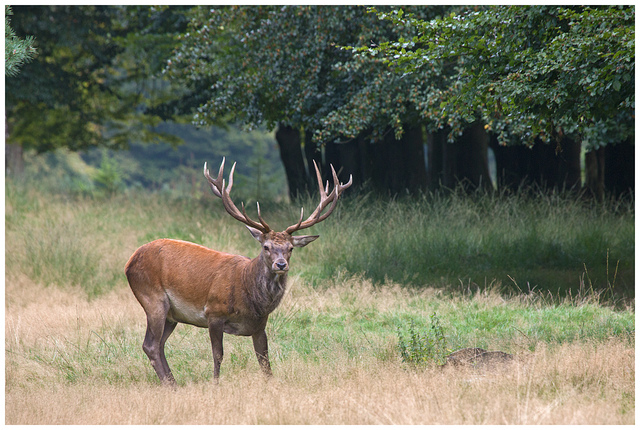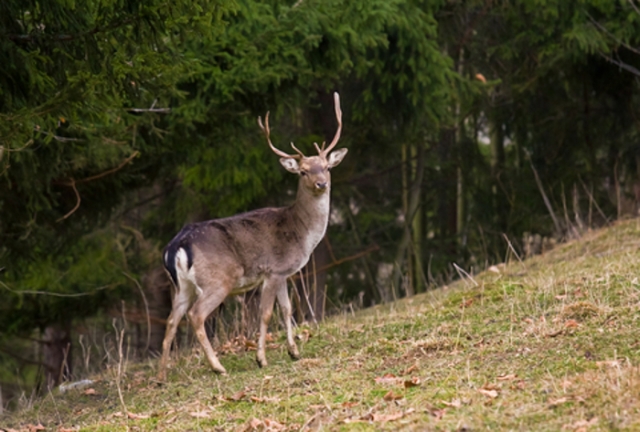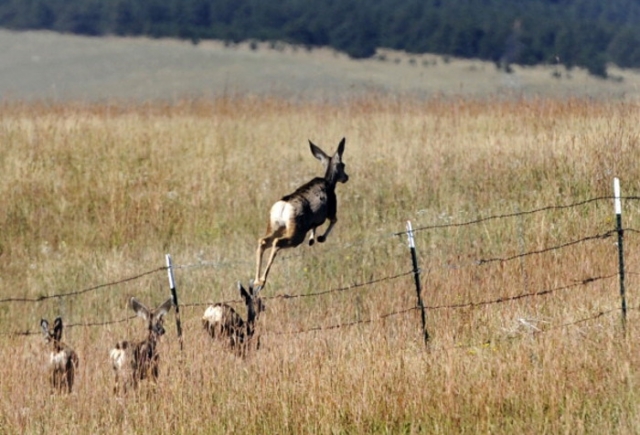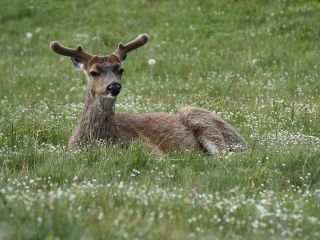The onset of autumn signals the open of deer season in California. Hunters throughout the state gather their gear in anticipation of the hunt while Department of Fish & Game officials begin issuing deer tags.
To some folks, a deer is a deer. Wildlife biologists, however, take pride in the ability to identify California’s six subspecies of mule deer scattered in habitats throughout the State.
While there is no real need for hunters to have intricate knowledge of all of California’s deer species, it is helpful to have some basic knowledge while out scouting and hunting deer. According to the California Department of Fish & Game, deer inhabit 56% of California’s land, creating plenty of opportunity for hunters to hone their deer I.D. skills.
Columbian Black-Tailed Deer are the most populous subspecies of deer in the California. Habitat ranges from the coastal mountains of Oregon to near Santa Barbara, within the Western slope of the Cascade- Sierra Nevada range and along the Sierra Nevada Foothills.
Second in population is the
California Mule Deer whose typical habitat runs along the West slope of the Sierra Nevada mountains.
Rocky Mountain Mule Deer rank third in population and are also the largest subspecies of deer in California. Present throughout the Western United States, Rocky Mountain Mule Deer can be found in Lassen, Shasta, Siskiyou & Modoc Counties of California.
Southern Mule Deer take residence in Orange, Riverside and San Diego Counties. Inyo, Kern & Mono counties are prime habitat for the
Inyo Mule Deer.
Burro Mule Deer habitat straddles the California-Arizona border, as the subspecies inhabits Imperial, Riverside and San Bernardino Counties.
Fish & Game Officials concede that the easiest way for hunters to identify the subspecies of California Deer inhabitants is by simply knowing which species are present in which geographic areas. Beyond habitat areas, deer can be recognized by differing tail patterns, as seen in the graphic below.
